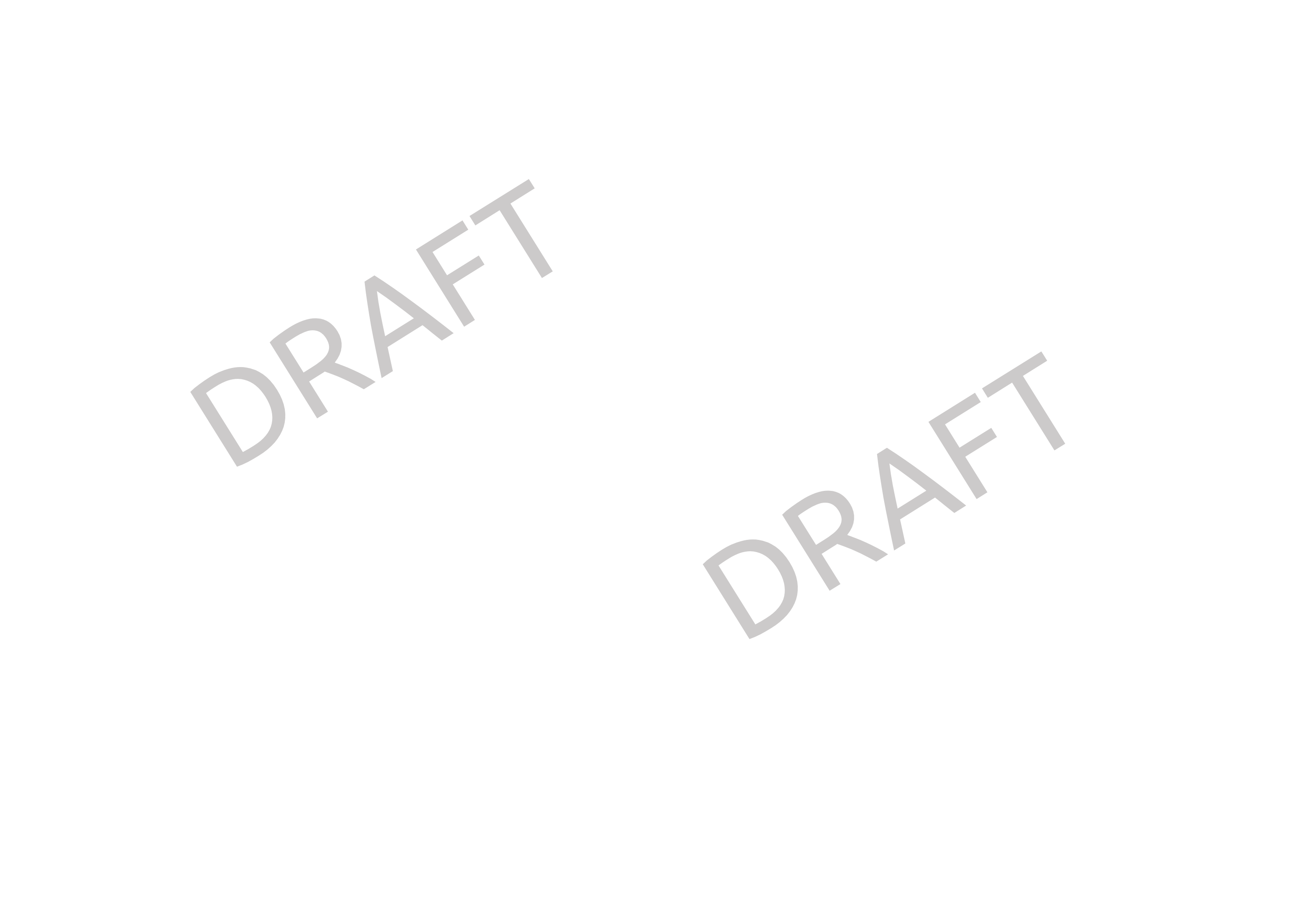The highest GMAT score you can achieve is 805. GMAT scores range from 205 to 805, and around 50% of test takers score between 205 and 555. Getting the max GMAT score of 805 is very rare.
With this in mind, each business school has a different policy for considering the GMAT in MBA applications. Some will have minimum scores; others will require a minimum score in one or more sections of the GMAT.
As a rule of thumb, the top-ranked programs will require you to take either the GMAT or the GRE—and to submit competitive scores to gain acceptance.
To work out what a good score is for your MBA application, you need to understand how the GMAT exam is scored and the ranges and average GMAT scores for top MBA programs to assess what kind of score your target school is looking for.
How is the GMAT exam scored? Quant, Verbal & Data Insights weighting
The GMAT is a computer-adaptive test, which means that the difficulty level of questions changes depending on your answers to previous questions. The test will get harder as you get harder questions correct, and easier as you get questions wrong, but the difficulty level of questions, as well as the number of questions answered correctly, will determine your final score.
The GMAT exam consists of three sections: Verbal Reasoning, Quantitative Reasoning, and Data Insights. These sections are equally weighted, and each makes up a third of your final score.
You’ll be given a breakdown of your scores (from 60 to 90 per section) for the three sections, and these will be converted to make up your total score out of 805.
GMAT scores also include percentile rankings. Percentiles are recalculated each year using exam data from the previous three years.
If you achieve a GMAT score of over 755, you will be in the 99.9th percentile, according to the latest data, meaning you’ve done better than 99.9% of test-takers.
If you score 655 on the GMAT, you’ll be in the 91st percentile, meaning you’ve scored better than 91% of test takers.
The global mean GMAT score of candidates' records is lower than you might expect, at under 553. (This is roughly as competitive as a score of around 570-580 on the previous 10th Edition GMAT exam.)
That’s why you should invest time and effort in preparing for the GMAT: using the best prep books and resources, practicing GMAT sample questions, and reviewing the GMAT score chart to better understand your score.
Understanding average GMAT scores & score range
Before taking the GMAT, you should also consider the class average scores and score ranges of the business schools you want to apply to.
Looking at the stats for admitted students at different business schools can give you a good idea of the ballpark you should be aiming for.
Most business schools will indicate the average GMAT scores for their admitted students. Some will also indicate the score range.
I took the GMAT before February 2024. How do I compare my score?
The GMAT exam changed to a new edition on February 1st, 2024, and therefore switched to a new scoring system. If you took the (10th Edition) GMAT before this date, your test scores are still valid. However, you may want to gauge how competitive they are compared to other applicants who have taken the latest GMAT exam.
To do this, the Graduate Management Admission Council (GMAC), the creators of the GMAT exam, have created a helpful concordance chart to show the relative competitiveness of your score under the new system. While this is not a score conversion tool, it will help you to understand the score ranges.

How do business schools view the GMAT?
Business schools value the GMAT, using the test to compare candidates across industries and disciplines. The GMAT can also be seen as a predictor of academic success in the MBA program.
However, although the GMAT is an important part of your business school application, it is just one part of it.
A high GMAT score is no guarantee of acceptance. Top programs are highly competitive, and most applicants have a 'good' GMAT score.
Note that business schools care about diversity in the classroom, so your application could be more or less competitive based on how similar or different you are to other applicants, and schools typically take regional average GMAT scores into account when assessing your application.
GMAT scoring: Key points to remember
Ultimately, the definition of a good GMAT score changes from business school to business school and candidate to candidate.
While you should take average scores into account when applying, there is no straightforward calculator to predict your chances of acceptance. The rest of your profile matters.
Excellent work experience could compensate somewhat for a lower GMAT score, just as poor interpersonal skills could detract from a higher GMAT score.
Think critically about the strength of your MBA application and how competitive your GMAT score is before choosing which schools to apply to.
Understanding what makes a good GMAT score is just the beginning. Learn more about the GMAT, how to register, and what to expect on test day here.
RECAPTHA :
bd
5a
46
b2








